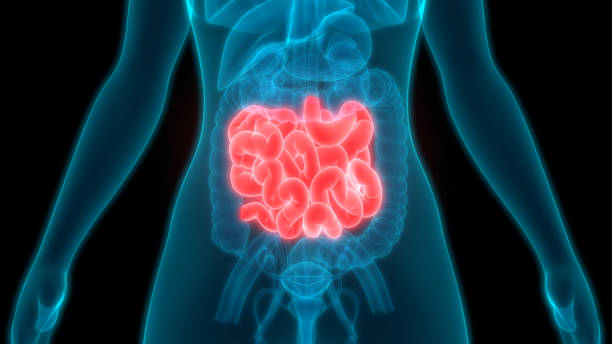
What is the cranium?
Two large lightweight organs of the respiratory system.
What are lungs?

What are small intestines?
The organ that pumps blood throughout the body.
What is the heart?

What is the brain?
A connective tissue that attaches bone to bone.
What is a ligament?
The tiny hairs that clean air?
What is cilia?
The flap that covers the trachea during swallowing so that food does not enter the lungs.
What is epiglottis?
A type of blood vessel that transports oxygenated blood.
What are arteries?
The part of the brain that is responsible for reasoning, motor control, and high-level cognitive function.
What is the frontal lobe?
A connective tissue that attaches bone to muscle.
What is a tendon?
The tube that connects the throat and bronchi.
What is the trachea?
An enzyme found in saliva to break down starch.
What is amylase?
A type of blood vessel that transports deoxygenated blood.
What are veins?
What is the pituitary gland?
Skeletal muscles that attach to bones and can be consciously activated to control movement.
What are voluntary muscles?
The many little branches of the respiratory system.
What are bronchioles?
A series of wave-like muscle contractions for the esophagus to move food to the stomach.
What is peristalsis?
The organ that plays a very important role in pulmonary circulation.
What are lungs?
The fundamental units of the nervous system.
What are neurons?
Muscles that cover the walls of the heart.
What are cardiac muscles?
The grape-like clusters of air sacs in the lungs.
What are alveoli?
The murky semifluid mass or paste when food and stomach acids and enzymes mix together.
(Clue: not bolus)
What is chyme?
The sound that the heart makes.
What is "lub-dub"?
Helps store experiences and memories.
What are dendrites?